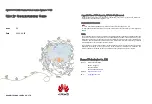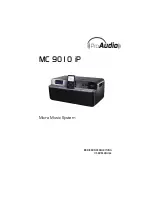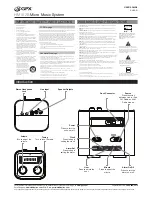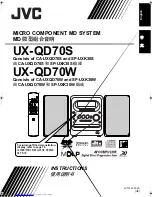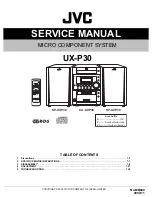
Installation Reference
Installing the outdoor optical cable, and outdoor Ethernet cables
1
2
14
b
c
a
3
4
a
b
c
Installing the DC cable
a: Rotate the expansion cap counterclockwise and
loosen it.
b: Open the socket clip.
c: Pull the socket downwards with force.
Expansion cap
Socket clip
Push out the rubber plugs from the bottom of the
socket, route the outdoor optical fiber through the
bottom of the socket and insert it into the
corresponding port.
Rubber plug
Remove the blocks on the rubber plugs based on
the numbers of cable, and wrap the cable with
rubber plugs.
Block
Splitter
a: Push the socket upwards with force.
b: Fasten the socket clip.
c: Rotate the expansion cap clockwise and fasten it.
Corrosion-proof the DC cable connector.
For details, see the appendix.
After the installation, ensure that the length of exposed rubber plug is about 10 mm.
5
If the OAU 2F (DC option) uses DC power, do not install
or remove a live power cable. Any contact between the
power cable core and a conductor can generate electric
arc or sparks, which may cause fire or eye injury.
This document uses outdoor optical fiber
installation as an example to describe the methods
of installing cables. Methods of installing the
outdoor Ethernet cables are the same as those of
installing the outdoor optical fiber.
After the equipment is installed and commissioned,
the methods and procedure for cable replacement
and expansion are the same as those described in
the figures.
Socket expansion caps and rubber plug are used
for anti-falling. Do not pull them off forcibly.
Installing the outdoor optical cable, and outdoor Ethernet cables

